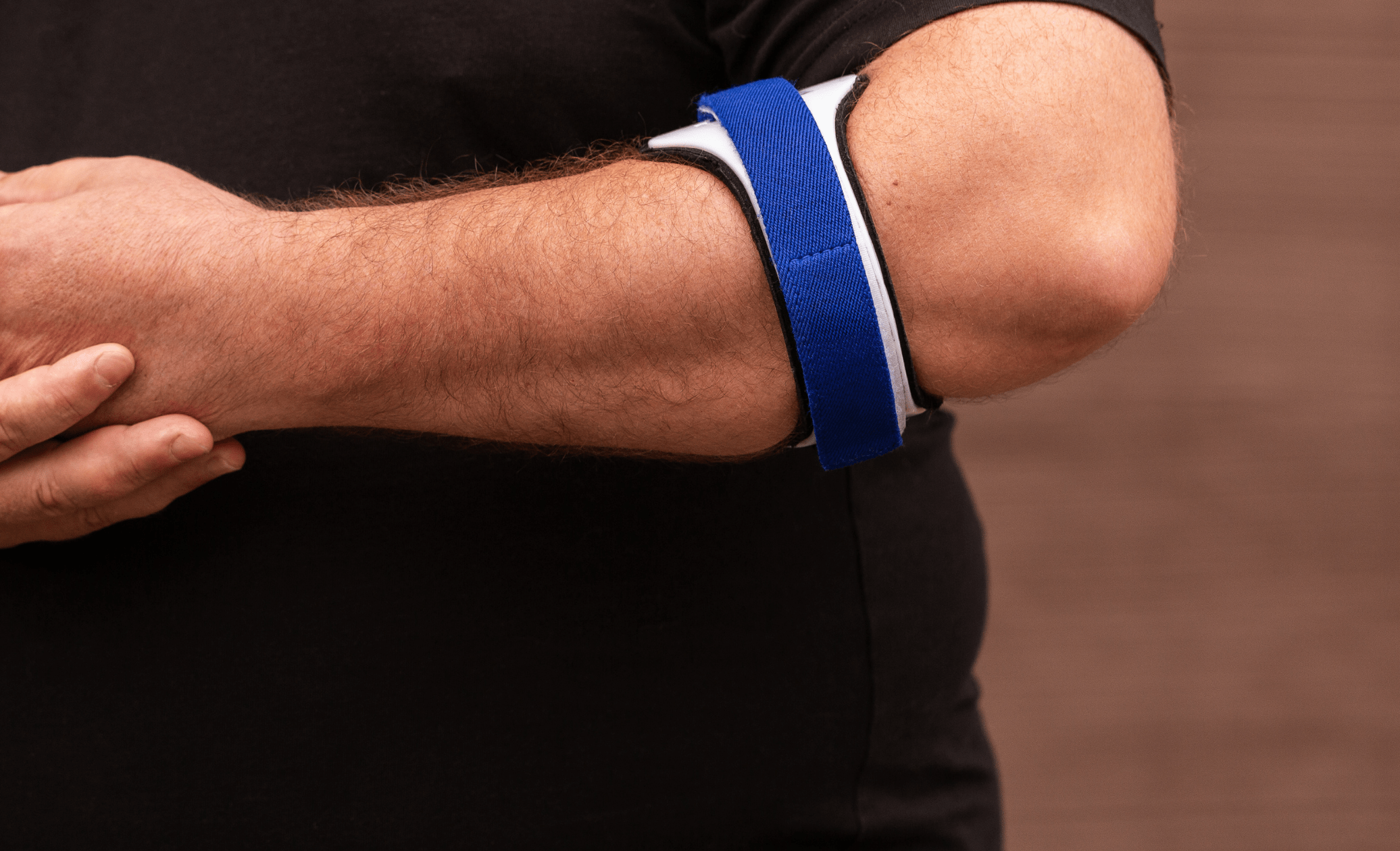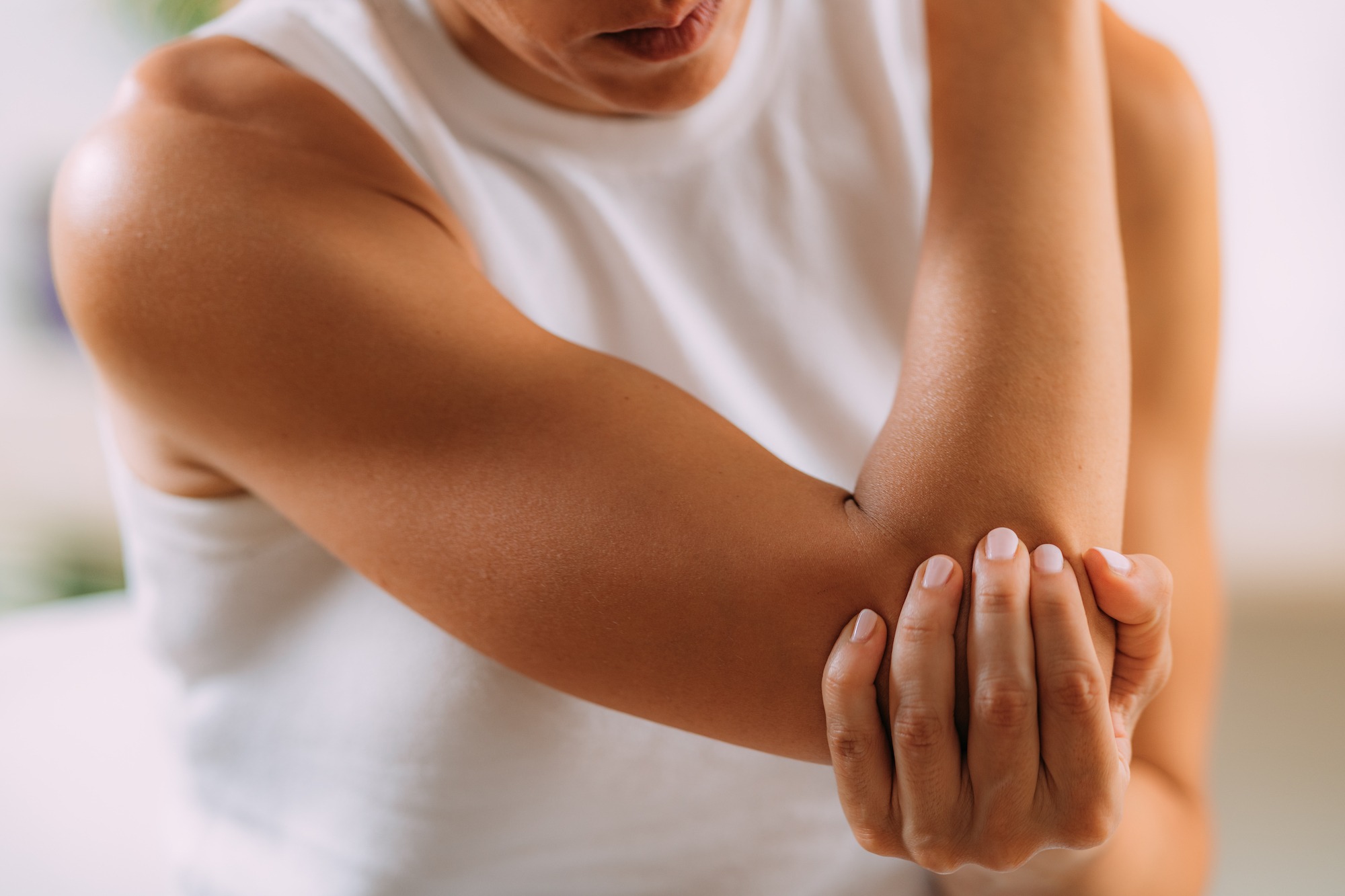Medial Epicondylitis Or Golfer’s Elbow

Medial Epicondylitis Or Golfer Elbow
This is an overuse condition that occurs when the tendons joining on the inside of the elbow, the wrist flexors compartment, becomes overloaded, leading to inflammation, degeneration and potential tearing. Despite its name, it can be caused by daily repetitive movements and strains of the forearm muscles involving bending, grasping and twisting things, that is why it can affect people performing sports like golf but also professional like mechanics and carpenters.
The root cause of this debilitating condition can be found in a weak and tight wrist flexor muscles compartment in the forearm. The weaker or more tired the muscles are, the more loaded their tendons will become.
The signs and symptoms of the golfer elbow include:
- Burning or dull pain on your inner elbow (also at night in the acute phase) that may travel to the wrist
- Pain when twisting or bending your wrist (open a jar, turn a doorknob, make a fist)
- Stiffness and pain when flexing your elbow
- Swollen elbow joint, tender to touch
- Weakened grip when you try to hold items like pans and racquets.
- Sometimes tingling and numbness in your hand

How We Can Help
Left untreated, golfer’s elbow could cause permanent damage like limiting your elbow’s range of motion causing chronic pain and weakening your grips.
After the initial acute phase, the recovery may take up to 18 months, that is why it’s important to start your therapy as soon as possible, as there are proven nonsurgical techniques that can accelerate the recovery, like physiotherapy.
At our clinic, after the initial assessment to rule out other possible conditions, our experienced physiotherapists will tailor your treatment to your specific needs. A Chartered Physiotherapist has an extensive tool-box of methods to utilise such as hands-on techniques (manual therapy), ultrasound, acupuncture (needle, laser or electric) and strapping/taping.
Alongside the above treatments, a progressive strengthening/stretching program will be prescribed to help improve strength and reduce muscle tightness. The above factors are crucial to every patient’s recovery and in avoiding recurrence of your condition.